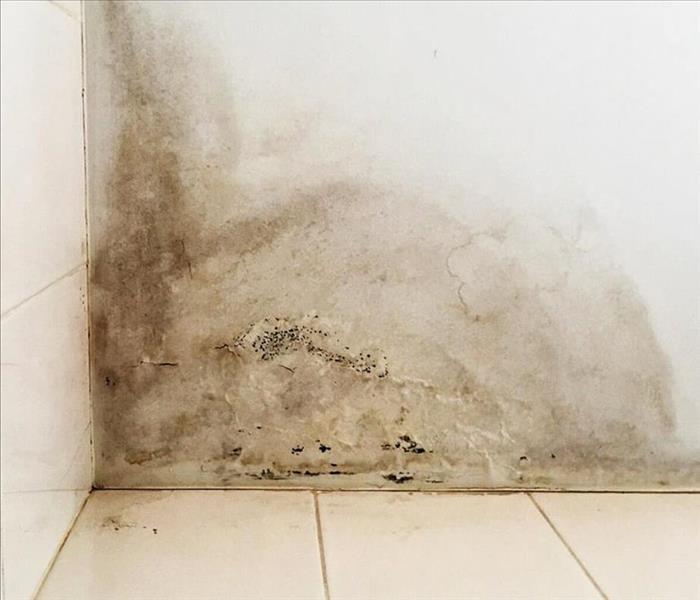How to Spot Water Damage in Your House
12/19/2019 (Permalink)
In general, a house is one of the biggest investments you will make in your lifetime. In order to protect that investment, you should vigilantly look out for household problems and address them before they worsen.
One such dreaded homeowner issue is water damage. If left unattended, residential water damage can detrimentally impact the structure or spawn other complications, including mold that poses a health risk to inhabitants. Here are several methods for detecting water damage within your house.
1. Check the Floors
No matter what kind of flooring you have, it will manifest signs of water damage. For tile and wood, look for cracked, buckling or warped flooring. When it comes to carpet, be wary of damp spots, gradual rises, soft spots or the smell of mold and dampness.
2. Look for Stains
Water stains on the floor around the bathtub, toilet or sink, as well as stains on ceilings and walls, are some of the most obvious signs of water damage. Unusual stains could indicate there is a leaky pipe or drain inside the wall. Cracks in the drywall or areas that appear swollen and are soft to touch also may signify trouble. Peeling paint is another sign of loose water within wall spaces. As the drywall gets saturated, paint can lose adhesion.
3. Inspect Outside
Observe the exterior of your house. What you want to look for are pools of standing water that can indicate poor drainage in the yard, gutter spouts that aren’t transporting water far enough from the house or leaky rain gutters. Any of those issues could threaten the foundation of your house. Additionally, common signs of water damage on the roof may include pools of water; cracked, curled or missing shingles; or broken flashing.
4. Watch for Rust and Mold
Inspect your water heater and check for rust on the tank or damp spots on the floor. A rusted tank could indicate a slow leak. Additionally, corrosion around pipe connections could be caused by water seepage. Visual signs of active mold growth mean moisture is contacting microscopic mold spores, often in the nooks and crannies of your home. Finally, don’t rely solely on sight. When water stagnates, mold and bacteria can grow, producing a musty, unpleasant smell.
If you're looking for water damage restoration or storm damage repair, contact the experts at SERVPRO of Milton/Braintree today for all you property restoration needs.






 24/7 Emergency Service
24/7 Emergency Service
